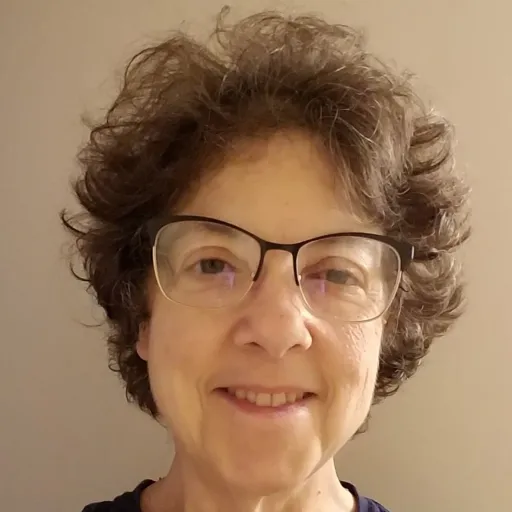Research project on women in early Jewish magic and mysticism
My most recent paper presentation, at the annual meeting of the Society of Biblical Literature, in late November 2018, discussed the nature of Jewish women's mystical experience in antiquity and late antiquity (roughly dating from the first century BCE to the sixth century CE). For a number of years I have been researching the topic of Jewish women mystics in late antiquity. Through the analysis of three texts, Philo’s On the Contemplative Life, the Testament of Job, and Joseph and Aseneth, I have focused on first century Alexandria as a possible location and Jewish community environment for female mystics. This presentation pulled the focus out from these particular texts, and addressed a larger question: when we speak of mysticism and Jewish women, what kind of mysticism are we talking about? Given the available sources, what kind of mysticism could they reveal? What is it that our sources simply can’t reveal? How should we think about the women who simply don't show up in our sources who may be having visionary (or other mystical) experiences? This of course is a general question in the study of women's history and religion in late antiquity – the problem is not just the scarcity of sources, but that even the sources that we have may give us a very limited idea of what women’s lives were like at that time. This paper addressed that larger problem as it pertains to Jewish mysticism in late antiquity, and considered as well what might be useful through comparison of the study of Christian female mystics.
